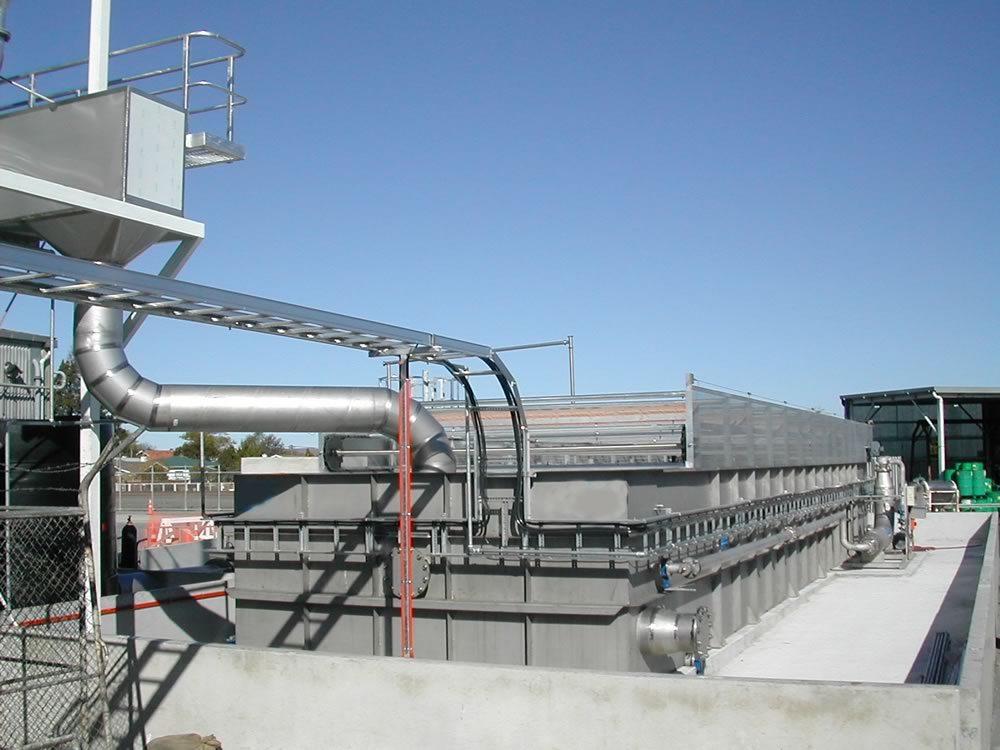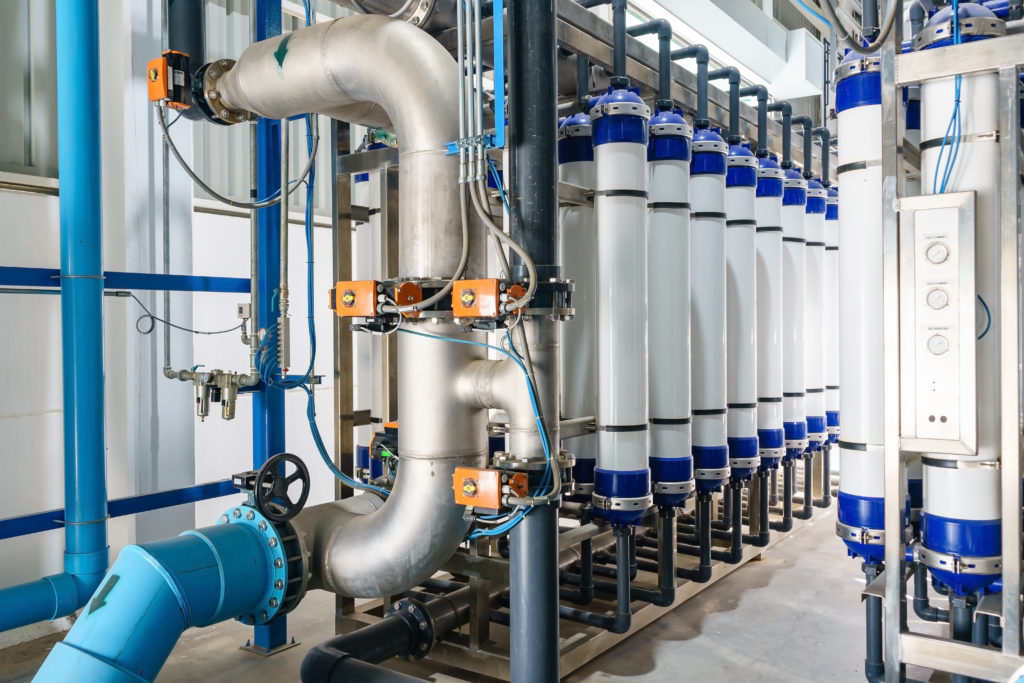
Clean water is essential for a healthy life. Whether it’s for drinking, cooking, bathing, or cleaning, we depend on water every day. But have you ever wondered what’s really in your water? Even water that looks and tastes clean can contain harmful substances. That’s where water testing comes in. By testing your water regularly, you can identify hidden threats and take action before they affect your health or property.
Common Water Contaminants that Water Testing Can Catch Early
1. Lead
Lead is one of the most dangerous contaminants found in water. It usually enters the water supply through old pipes or plumbing fixtures. Long-term exposure to lead can cause serious health problems, especially in children, including developmental delays and learning difficulties.
Water testing can identify lead levels, allowing homeowners to replace outdated plumbing and take necessary precautions like using certified water filters.
2. Bacteria and Microorganisms
Bacteria such as E. coli, coliform, and other harmful microorganisms can enter water through sewage leaks, agricultural runoff, or poor sanitation. These contaminants can cause stomach issues, diarrhea, and other infections.
Routine water testing helps detect bacterial contamination early, so you can treat your water with disinfection methods like UV systems or chlorination to make it safe again.
3. Nitrates
Nitrates are often found in water sources near farms or areas with heavy fertilizer use. While they may not pose an immediate danger to adults, high nitrate levels can be life-threatening for infants, causing a condition known as “blue baby syndrome.”
By identifying elevated nitrate levels through water testing, families can choose safer water sources or install the right filtration systems.
4. Chlorine and Chloramine
While chlorine is used to disinfect public water supplies, too much of it can irritate the skin, eyes, and respiratory system. Chloramine, another disinfectant, can also affect the taste and odor of water.
Testing your water for chlorine levels ensures that your water isn’t over-treated. If levels are too high, installing carbon filters can help remove the excess chemicals.
5. Heavy Metals (Iron, Arsenic, Mercury)
Heavy metals like iron, arsenic, and mercury can make water unsafe and damage household appliances. Iron causes staining and a metallic taste, arsenic is a known carcinogen, and mercury can harm the nervous system.
Water testing helps you detect these metals and choose the right water treatment solutions, such as reverse osmosis or specialised filters.
Wrapping Up!
Contaminated water can pose serious health and environmental risks if left unchecked. We offer professional water testing services to help ensure your water systems meet environmental and safety standards. Our testing provides the insights needed to support proper treatment, prevent pollution, and protect both people and ecosystems. Contact us today to keep your water clean and your impact on the environment positive.
Popular Posts

November 27, 2025

November 20, 2025

November 14, 2025